#graian alps
Text

Camping under the watchful eye of the Bellecôte Mountain in the Graian Alps.
France
1979
185 notes
·
View notes
Text
Milky Way Waterfall, Graian Alps, Italy
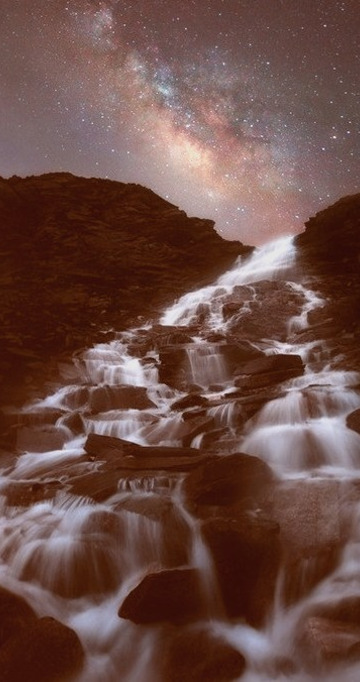
1 note
·
View note
Photo

Milky Way Waterfall, Graian Alps, Italy
0 notes
Text
Milky Way Waterfall, Graian Alps, Italy

0 notes
Photo

Milky Way Waterfall, Graian Alps, Italy
0 notes
Text


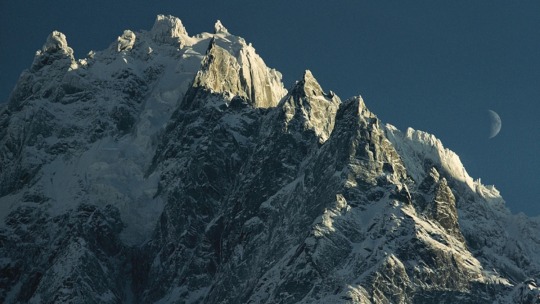
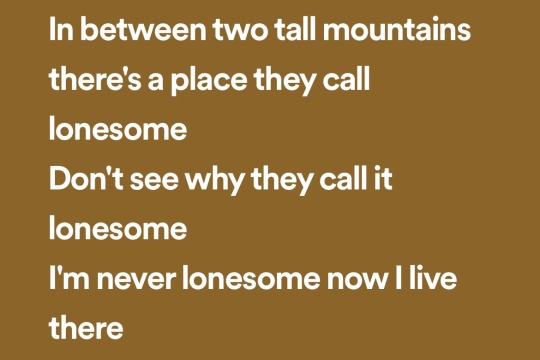

twin peaks, alaska / what lesbians do in the bath by susan matasovska / mont blanc, graian alps / talkin’ like you (two tall mountains) by connie converse / mount ushba, georgia
#lesbianism + mountains#is this anything#i hope someone sees my vision#web weave#web weaving#lesbian#lesbian poetry#music#mountain#mountains#nature#photography#poems#poetry#art#aesthetic#lyrics#connie converse
35 notes
·
View notes
Text
SAINT OF THE DAY (May 28)

The Church remembers St. Bernard of Menthon on May 28.
He was born in 923, probably in the castle Menthon, near Annecy in Savoy. He died at Novara in 1008.
He was a descendant from a rich, noble family and received a thorough education.
He refused to enter an honorable marriage proposed by his father and decided to devote himself instead to the service of the Church.
Placing himself under the direction of Peter, Archdeacon of Aosta, under whose guidance he rapidly progressed, Bernard was ordained priest.
On account of his learning and virtue, he was made Archdeacon of Aosta (966), having charge of the government of the diocese under the bishop.
Seeing the ignorance and idolatry still prevailing among the people of the Alps, he resolved to devote himself to their conversion.
For forty two years, he continued to preach the Gospel to these people and carried the light of faith even into many cantons of Lombardy, effecting numerous conversions and working many miracles.
For another reason, however, Bernard's name will forever be famous in history.
Since the most ancient times, there was a path across the Pennine Alps leading from the valley of Aosta to the Swiss canton of Valais, over what is now the pass of the Great St. Bernard.
This pass is covered with perpetual snow from seven to eight feet deep and drifts sometimes accumulate to the height of forty feet.
Though the pass was extremely dangerous, especially in the springtime on account of avalanches, it was often used by French and German pilgrims on their way to Rome.
For the convenience and protection of travelers, St. Bernard founded a monastery and hospice at the highest point of the pass, 8,000 feet above sea-level, in the year 962.
A few years later, he established another hospice on the Little St. Bernard, a mountain of the Graian Alps, 7,076 feet above sea-level.
Both were placed in charge of Augustinian monks after pontifical approval had been obtained by him during a visit to Rome.
These hospices are renowned for the generous hospitality extended to all travelers over the Great and Little St. Bernard, so called in honor of the founder of these charitable institutions.
At all seasons of the year, but especially during heavy snow-storms, the heroic monks accompanied by their well-trained dogs, go out in search of victims who may have succumbed to the severity of the weather.
They offer food, clothing and shelter to the unfortunate travelers and take care of the dead.
They depend on gifts and collections for sustenance. The majority of these men live at the hospice while some have charge of neighboring parishes.
The last act of St. Bernard's life was the reconciliation of two noblemen whose strife threatened a fatal issue.
He was interred in the cloister of St. Lawrence.
Venerated as a saint from the 12th century in many places of Piedmont (Aosta, Novara, Brescia), he was canonized in 1681 by Innocent XI.
Pope Pius XI confirmed Bernard as the patron saint of the Alps in 1923.
His image appears in the flag of some detachments of the Tyrolean Alpine Guard.
He is also the patron saint of skiing, snowboarding, hiking, backpacking, and mountaineering.
6 notes
·
View notes
Text
@stefanounterthiner
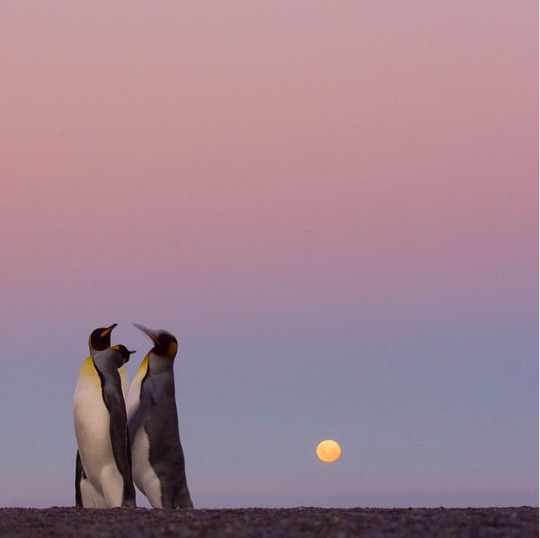


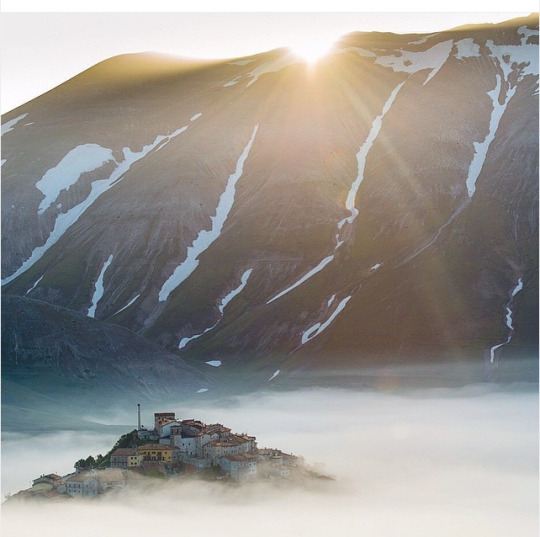





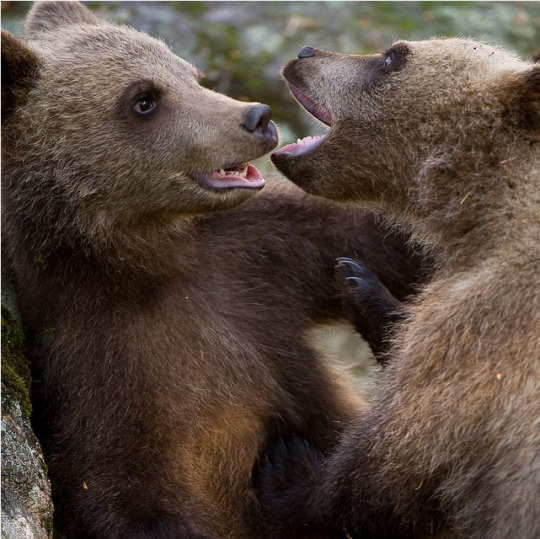


1-. During mating time, in the blue light of a full moon evening, the king penguins keep singing and competing for a partner. Possession Island, Crozet archipielago
2-. In Finland, I photographed this large male
3-. In winter, whooper swans gather together in flocks of considerable size in numerous sites in the Far East, particulary Hokkaido (Japan)
4-. The beautiful village of Castelluccio de Norcia. Umbria, central Italy
5-. A placid pond high in the Graian Alps mirrors the snow-crowned peaks of Granparadiso NP—the oldest Italian protected area
6-. The sky above my home in Italy, valle da osta
7-. A brown bear is roaming in the Finnish taiga, near the Russian border. I photographed this large male from a blind
8-. A lonely guanaco at dawn photographed in Torres del Paine National Park, Chile
9-. An adult whiter tern (Gygis alba) is preening the partner
10-. Brown bear cubs are play fighting i the Finnish taiga. The easter part of Finland (near the Russian border) is the best area to spot a brown bear in the wild
0 notes
Text
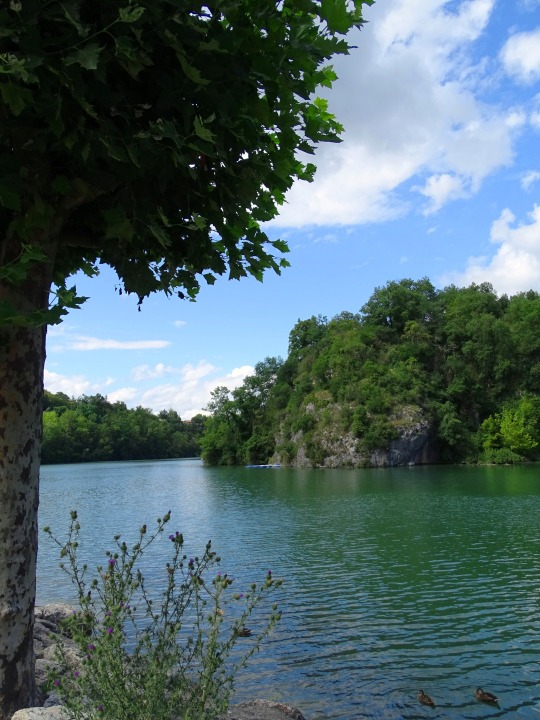


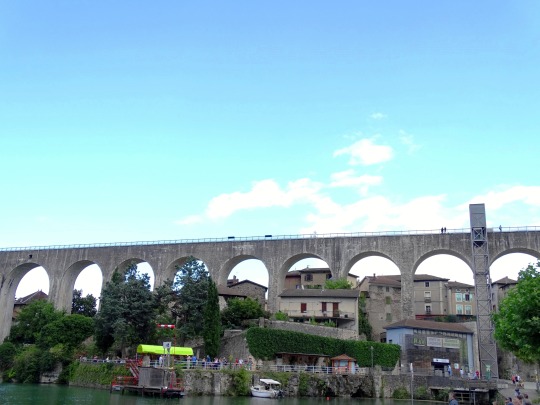
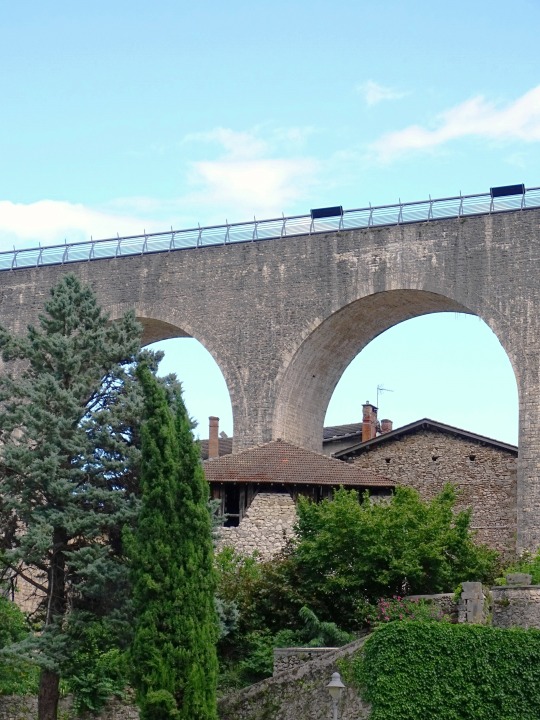

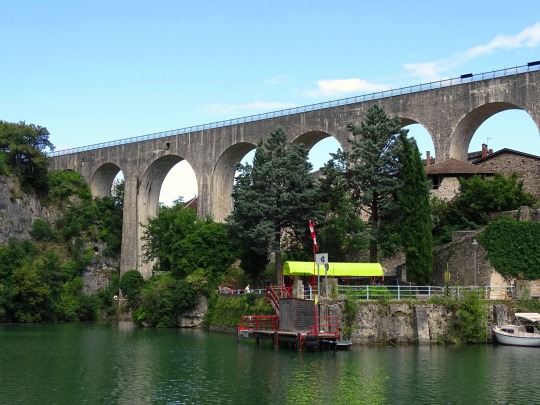



Saint-Nazaire-en-Royans, France (No. 2)
The Isère is a river in the Auvergne-Rhône-Alpes region of southeastern France. Its source, a glacier known as the Sources de l'Isère, lies in the Vanoise National Park in the Graian Alps of Savoie, near the ski resort in Val-d'Isère on the border with Italy. An important left-bank tributary of the Rhône, the Isère merges with it a few kilometers north of Valence.
Many riverside communes have incorporated the Isère's name into their own, for example, Sainte-Hélène-sur-Isère and Romans-sur-Isère. The department of Isère is likewise named after the river.
The name Isère was first recorded under the form Isara, which means "the impetuous one, the swift one." Not originally a Celtic word, it was very likely assimilated by the Celts in ancient times. This word is related to the Indo-European *isərós, meaning "impetuous, quick, vigorous," which is similar to the Sanskrit isiráḥ इसिरः อิสิระ with the same definition. It was probably based on the reconstructed Indo-European root *eis(ə) (and not *is), which incidentally has not been found in the Celtic languages of the British Isles.
The word Isara figures in the etymology of many other river names, from ancient Gaul and its neighboring lands. Examples of this are the Ésera in Spain, the Isar in Germany, the small Franco-Belgian Yser, or even the ancient name of the Oise, Isara (the French adjective isarien still exists in the language and continues to describe anything related to the Oise). In non-Celtic countries, we find the Isarco, a river in Northern Italy, the Éisra and Istrà in Lithuania, Jizera in the Czech Republic and Usora in Bosnia and Herzegovina.
Source: Wikipedia
#Saint-Nazaire-en-Royans#Auvergne-Rhône-Alpes#Drôme#Die#Vercors-Monts du Matin#travel#original photography#vacation#tourist attraction#landmark#cityscape#landscape#summer 2021#France#Europe#nature#flora#aqueduct#architecture#Isère#river#river bank
0 notes
Text
Central european wine maps
DOWNLOAD NOW Central european wine maps
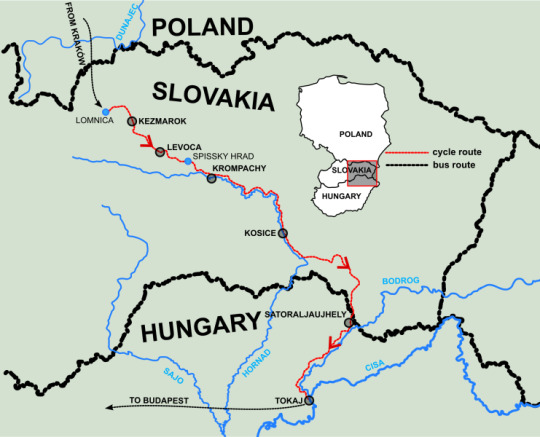
The notable avian species that are found here include the Golden eagle, peregrine falcon, black grouse, black woodpecker, etc. The European lynx ( Lynx lynx) and the marmot ( Marmota marmota) have been successfully reintroduced in the Swiss Alps. Some of the important mammal species that are found in the Alpine region are the ibex ( Capra ibex), Alpine hare ( Lepus timidus), red deer ( Cervus elaphus), etc. Many plants like crocus, primulas, rhododendron, and edelweiss also thrive well in the Alpine habitats. Mixed mountain forests including oak, beech, pine, poplar, chestnut, and birch trees thrive well in the lower mountain slopes, whereas coniferous forests are found in the higher altitudes. Several vegetation zones are found in the Alpine mountains. Bernard Pass, Gotthard, Semmering Pass, etc. Some of the major passes in the Alpine mountains are the Brenner Pass, the Col de I’lseran, Col Agnel, Mont-Cenis, Great St. This collision generated huge pressure resulting in the upliftment of the sedimentary rocks thereby creating the characteristic Alps mountain folds. The Alps Mountain range was formed millions of years ago during collisions between the Eurasian and the African tectonic plates. Several lakes are also found here including Lake Annecy, Lake Constance, Lake Garda, Lake Geneva, etc. Some of the notable rivers that flow in the Alpine Mountain region include the Inn, Po, Rhine, and Rhône rivers. Some of the other notable mountain peaks include the Matterhorn, Dufourspitze, Finsteraarhorn, Weisshorn, Grossglockner, Zugspitze, and Triglav. Located on the boundary between Switzerland and Italy is Monte Rosa, which rises to an elevation of 4,634 m and is the second-highest peak in the Alps. Mont Blanc sits on the border of France and Italy and rises to an elevation of 4,808 m, making it the highest peak in the Alps Mountain Range. It comprises of the Cottian, Ligurian and the Graian Alps, as well as the Mont Blanc massif and Valle d’Aosta.
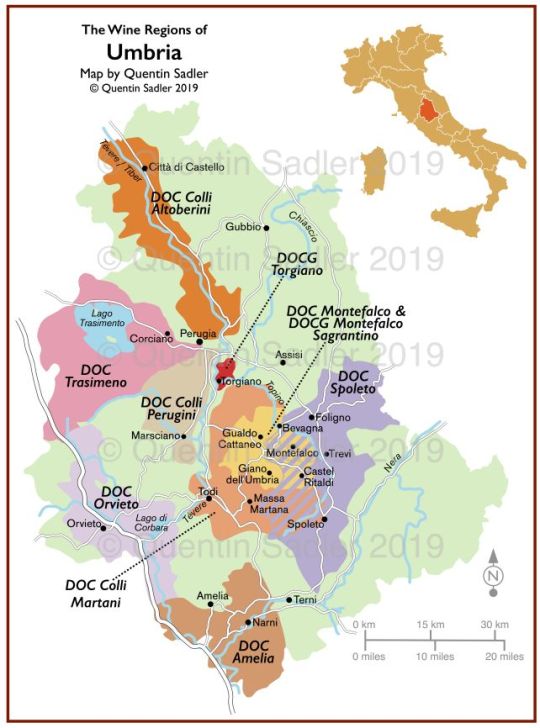
The Western Alps extends from the Maritime Alps near the Mediterranean coast to the Great St Bernard Pass, straddling the borders of France, Italy and Switzerland. The Central Alps occupy the area between the Great St Bernard and Brenner passes and comprises the Bernese and Glarus Alps on the northern side and the Lepontine, Ötztal, Pennine, and the Rhaetian Alps in the southern part. Located mainly in Austria but also Germany, Italy and Slovenia, the Eastern Alps also comprise the Bavarian Alps, the Carnic Alps, the Dinaric Alps, the Dolomite Alps, and the Julian Alps. The Alps mountain range can be divided into three broad sections: the Eastern, Central, and Western Alps. The 22.6 km-long Aletsch Glacier located in the Valais canton of Switzerland is the largest glacier in the Alps. The Alps is a discontinuous mountain range and comprises numerous peaks and valleys that are of varying heights and depths. The Alps cover a total area of about 207,000 km 2 and have a maximum width of about 250 km at its widest point that is situated between Verona in Italy and the Garmisch-Partenkirchen in southern Germany. The Alps mountain range ends in Albania on the rugged Adriatic Sea coastline. The mountain range then continues downwards through the countries of Slovenia, Croatia, Bosnia and Herzegovina, Serbia, and Montenegro. The Alps mountain range stretches from the north of the Mediterranean Sea near Monaco in southern France into Switzerland, then through northern Italy into southern Germany, and towards Vienna in Austria.

Where Are The Alps? Map of Europe showing the elevation of the Alps. These mountain ranges extend for about 1,200 km in a crescent shape across eight Alpine countries, namely Austria, France, Germany, Italy, Liechtenstein, Monaco, Slovenia, and Switzerland. The Alps are an extensive mountain system that is located in south-central Europe.
DOWNLOAD NOW Central european wine maps
0 notes
Photo

Milky Way Waterfall, Graian Alps, Italy
1 note
·
View note
Photo
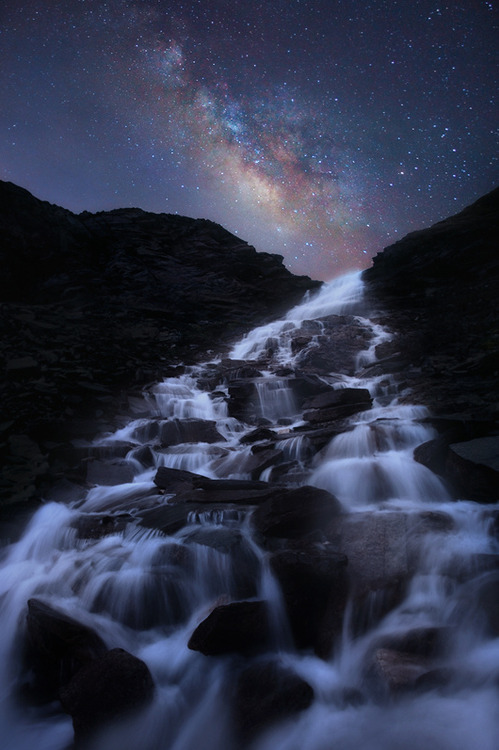
Milky Way Waterfall, Graian Alps, Italy
1 note
·
View note
Photo

Mt. Blanc flyover MOBLO point
highest MSA in Europe 17800ft
1 note
·
View note
Photo

Milky Way Waterfall, Graian Alps, Italy
1 note
·
View note
Photo

Milky Way Waterfall, Graian Alps, Italy
0 notes
Photo

Milky Way Waterfall, Graian Alps, Italy
0 notes